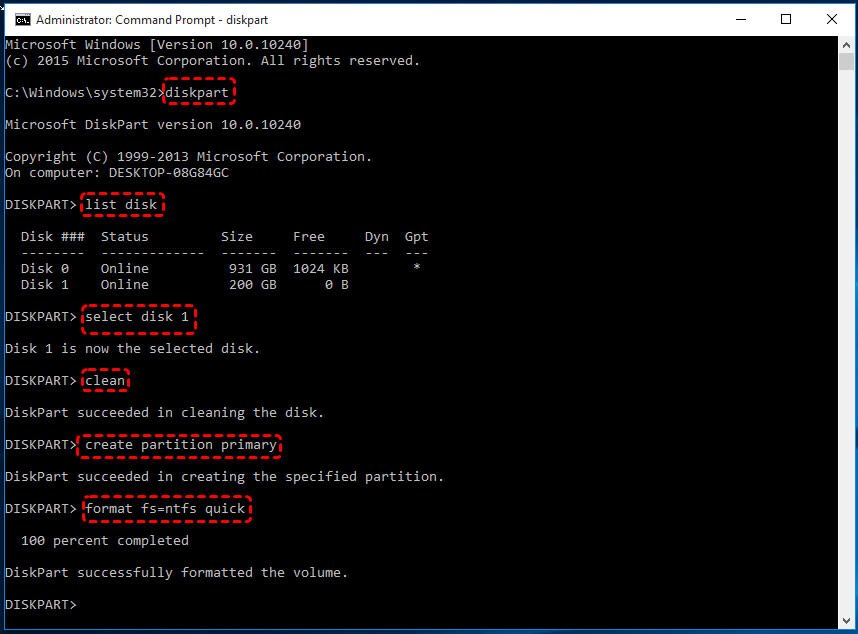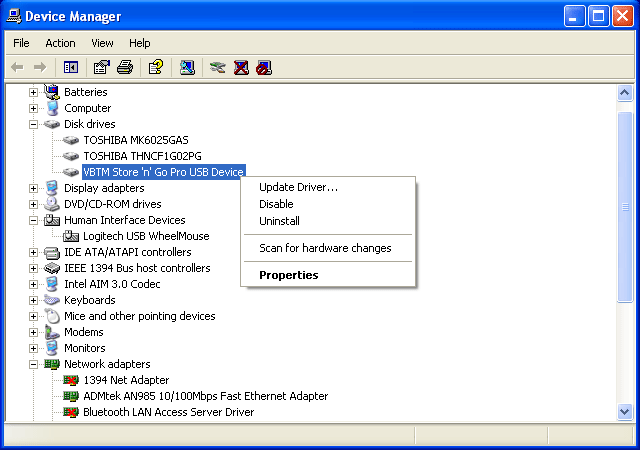



At the command prompt type: CONVERT F: /FS:NTFS (where F: is your USB drive letter).Open a command prompt by clicking on: Start > All Programs > Accessories.Connect the USB drive to the computer and make a note of the drive letter assigned to it.Things will go alot faster if the drive is empty because you moved them temporarily to a different location. If the files being converted are large or many, the process might take a few minutes. This method does not delete the existing files. The simplest way to change the file system on a USB drive, especially if it already has files on it, is to convert it. In order to create a secured partition that is bigger than 2 Gb you need to change your USb stick into NTFS format.īefore changing the file system on a USB drive care should be taken to backup any critical data on it just in case the process does not work.ġ. Since most USB Flash drives, even the larger ones, are normally formatted with the FAT32 file system – there are limitation on the maximum size of the encrypted partition of 2 or 4 GB (max file size limitation). With the help of the program you may password-protect a part of your USB flash drive and open it on any computer by simply entering your password. Many of these are crucial for an operating system drive-especially file permissions.Rohos Disk Encryption software creates hidden and protected partition on the USB flash drive. NTFS supports file permissions for security, a change journal that can help quickly recover errors if your computer crashes, shadow copies for backups, encryption, disk quota limits, hard links, and various other features. NTFS is packed with modern features not available to FAT32 and exFAT. The name is short for “New Technology File System.” NTFS first appeared in consumer versions of Windows with Windows XP, though it originally debuted with Windows NT. When you install Windows, it formats your drive with the NTFS file system. NTFS has file and partition size limits that are so theoretically huge you won’t run up against them. NTFS is the modern file system Windows likes to use by default. What Is NTFS? Corbin Davenport / How-To Geek exFAT is a modern replacement for FAT32-and more devices and operating systems support it than NTFS-but it’s not nearly as widespread as FAT32. FAT32 is an older file system that’s not as efficient as NTFS and doesn’t support as big a feature set, but does offer greater compatibility with other operating systems.


 0 kommentar(er)
0 kommentar(er)
